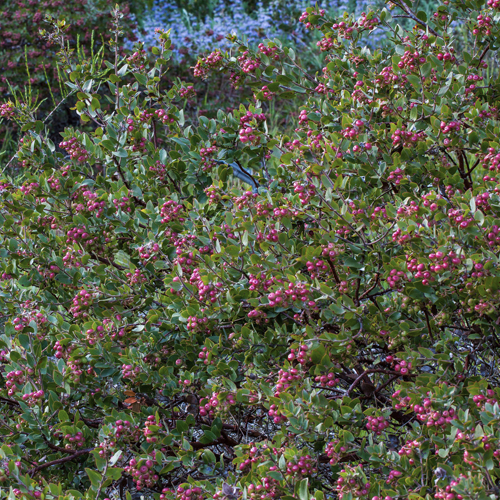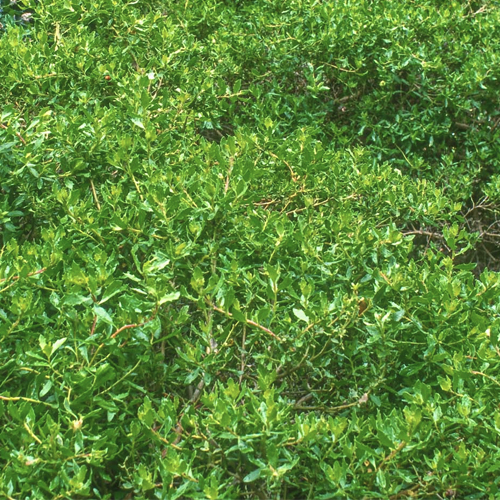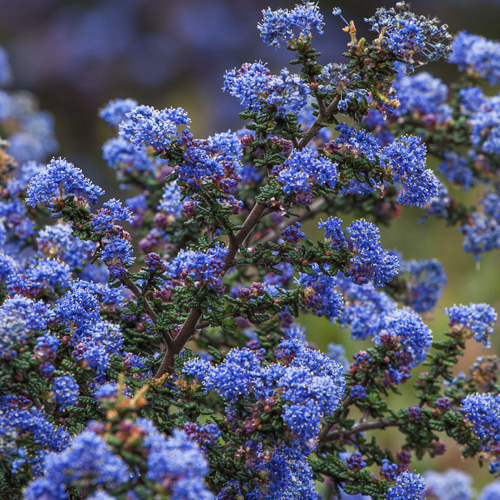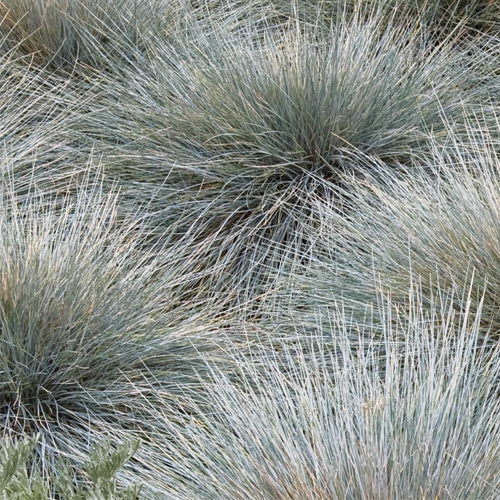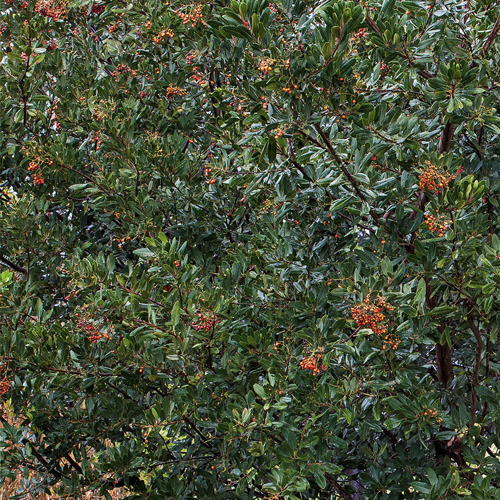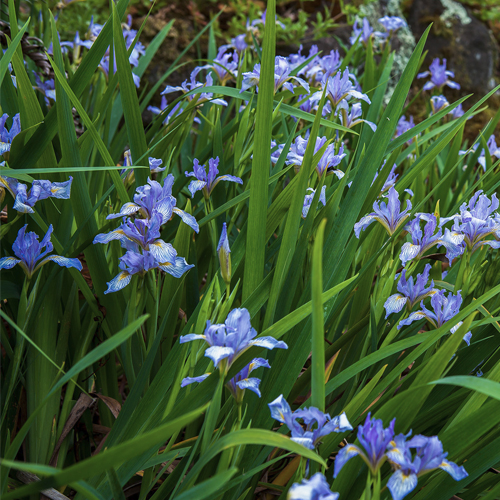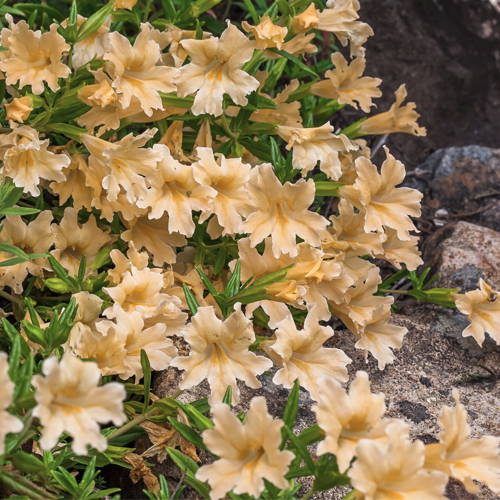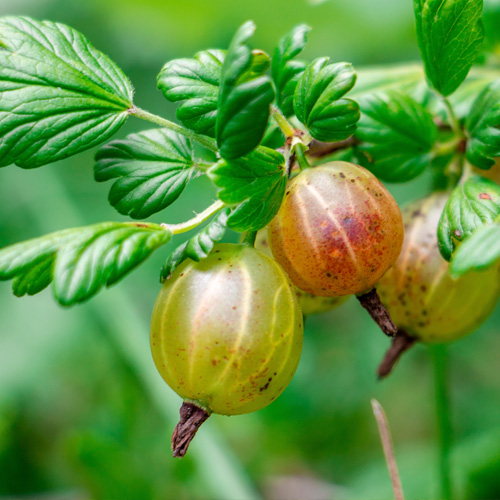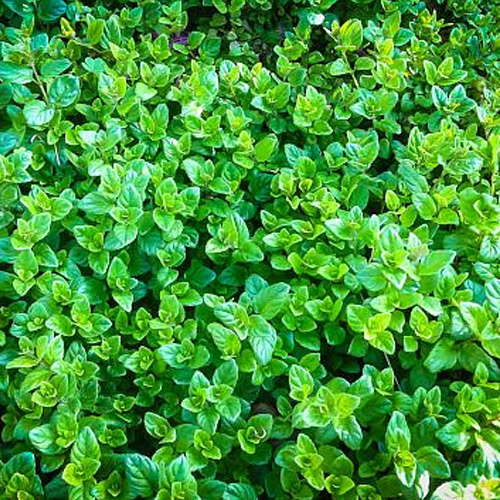Habitat Refuge
BACK TO FULL TOUR
Garden Features
Drought Tolerant
California Natives
Drip Irrigation
Pesticide Free
Rainwater Harvesting System
Rain Garden
Reclaimed/Recycled Materials
Lawn-Free Landscaping
Partner: California Native Plant Society - Milo Baker Chapter
Creating a habitat garden is a rewarding endeavor, one that invites a symphony of life into your outdoor sanctuary. In this garden, carefully curated California native plants take center stage, offering a buffet of sustenance and refuge for a diverse array of winged visitors.
Over the span of three years, the garden has blossomed into a verdant tapestry, with established shrubs providing a lush foundation and ample cover for the avian inhabitants. These shrubs not only enhance the garden’s beauty but also serve as essential havens for nesting and shelter.
But the true stars of the show are the perennials, which beckon pollinators with their vibrant blooms and sweet nectar. Bees buzz lazily from flower to flower, while butterflies flit and dance in the dappled sunlight. It’s a spectacle of nature’s splendor, a living canvas painted with the hues of native flora.
Water, too, plays a vital role in this ecological oasis. Collected in a dry creek feature, it provides a lifeline for thirsty creatures, while passive water bowls scattered throughout the landscape offer respite and refreshment.
Amidst this natural tableau, inviting spaces beckon visitors to pause and linger. Patio areas invite relaxation, while a bridge crafted from reclaimed wood invites exploration. Wood chip pathways wind through the garden, inviting discovery at every turn.
As you bask in the serenity of this West County native garden, you’ll feel a deep sense of connection to the land—a sense of place rooted in the use of plants indigenous to the region. It’s a reminder that by cultivating native habitats, we not only nurture biodiversity but also cultivate a deeper understanding and appreciation of our local ecosystems. So come, experience the magic of this garden, and marvel at the harmony of nature unfolding before your eyes.
Pollinate Collective by April Owens Design designed, constructed and maintains this garden.
Special Events
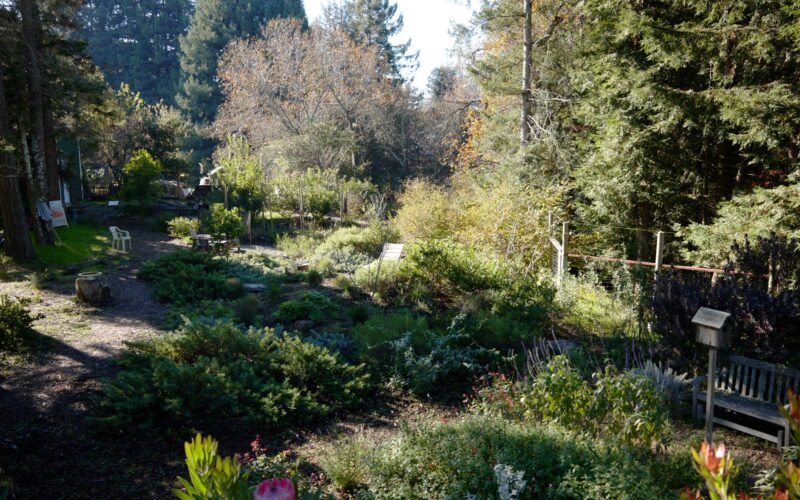
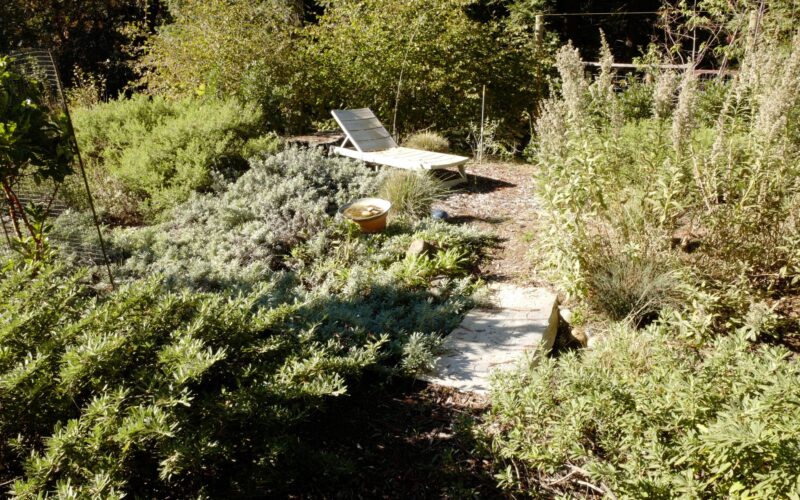
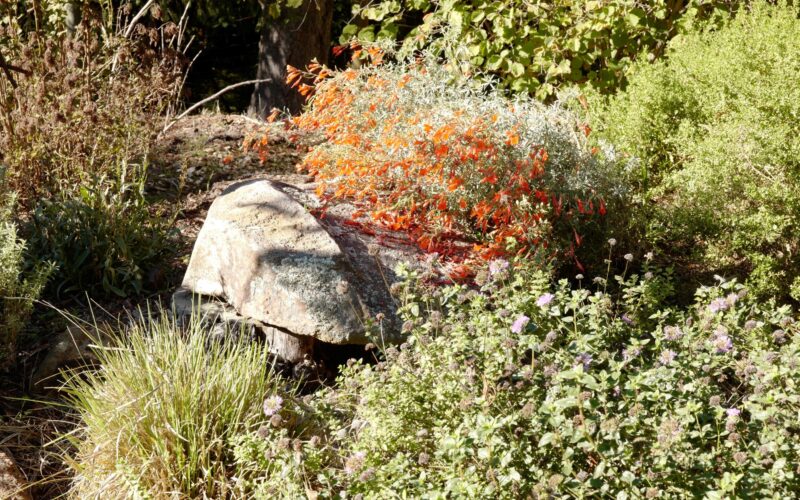
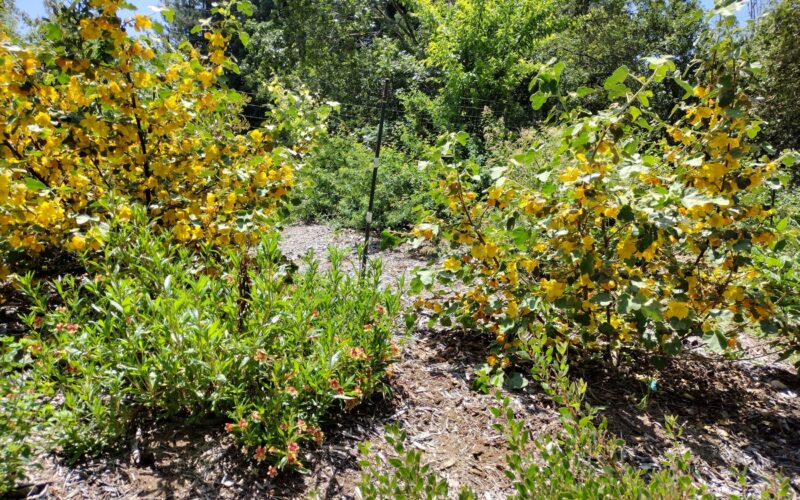
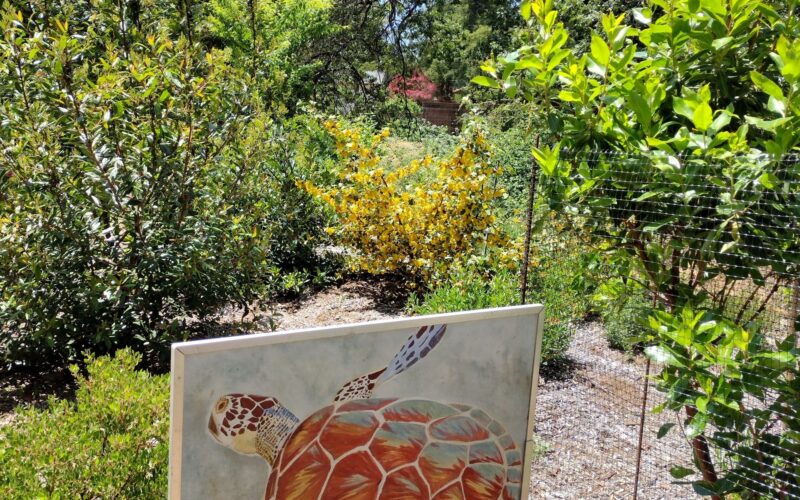
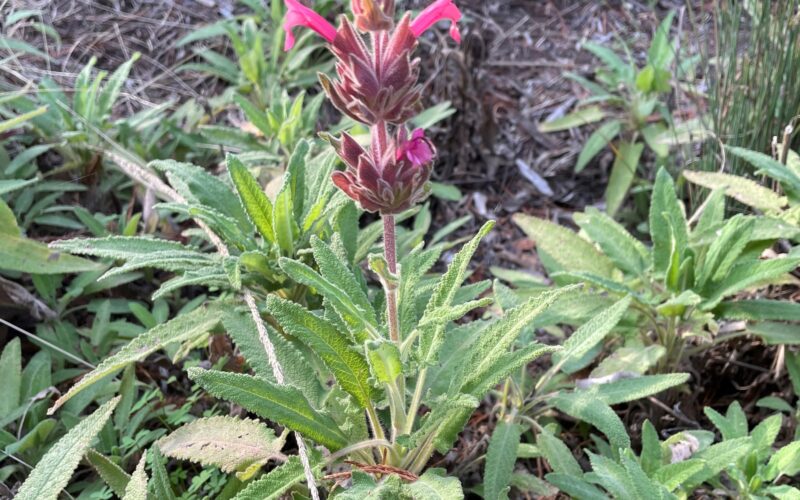
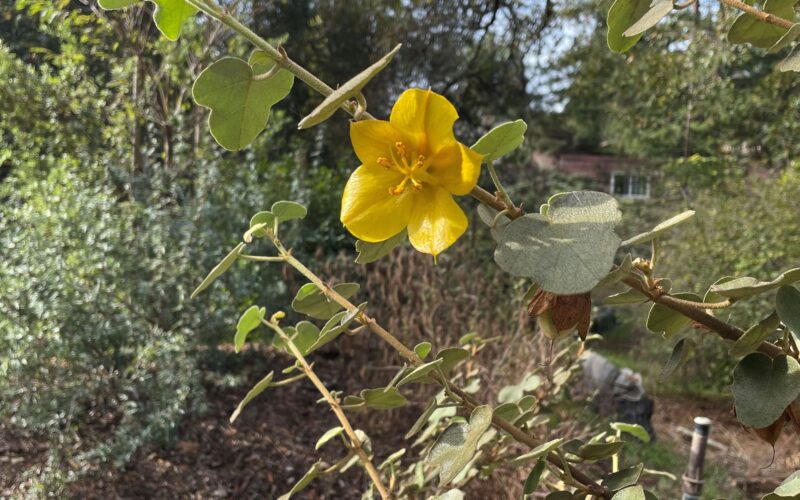
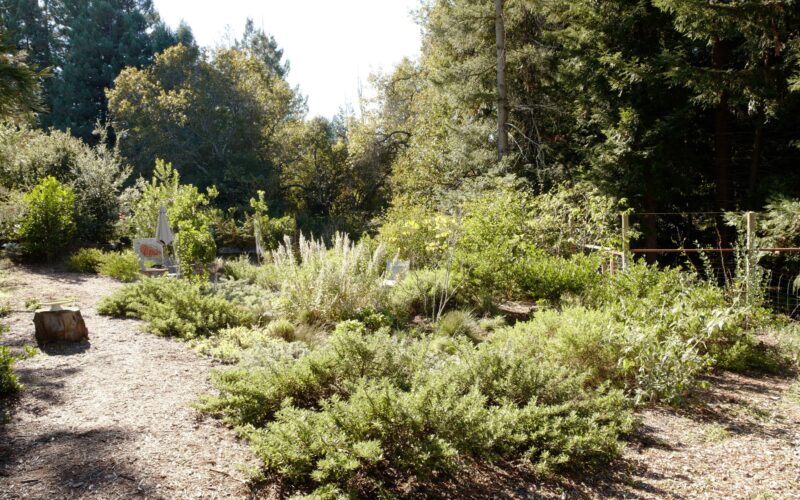
Plants in this Garden
Favorite Garden Suppliers
Cal Flora Nursery
2990 Somers Street Fulton
